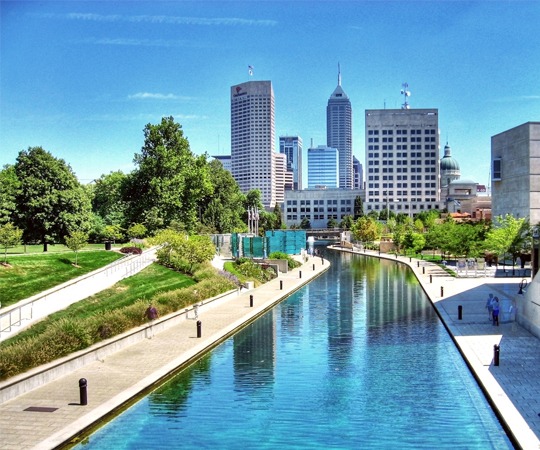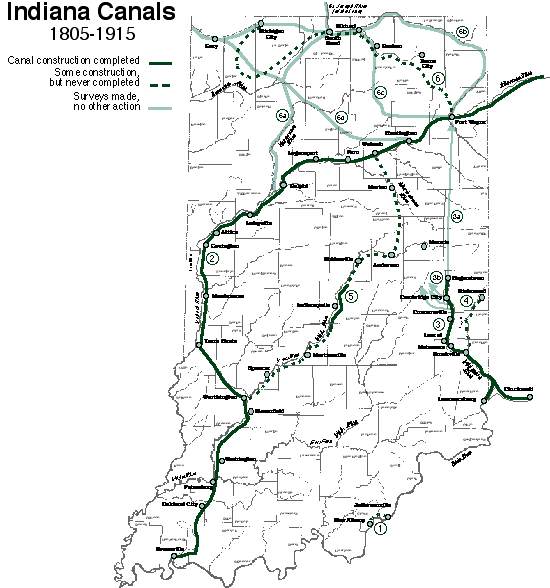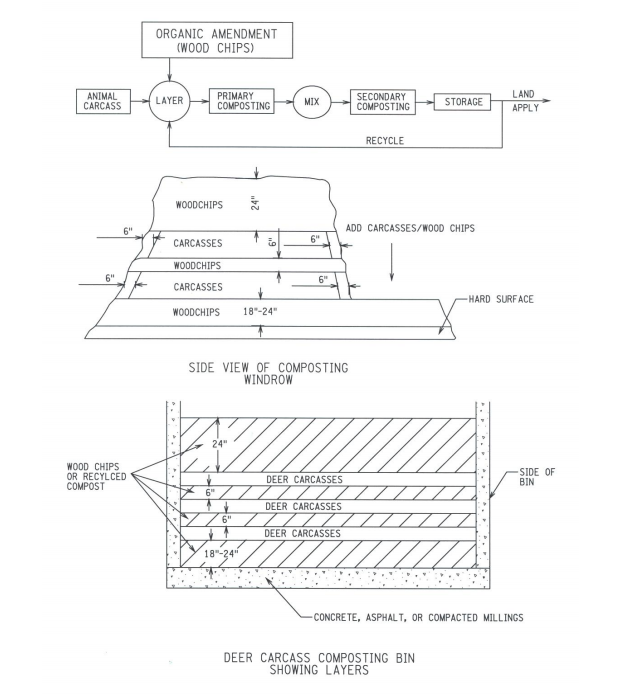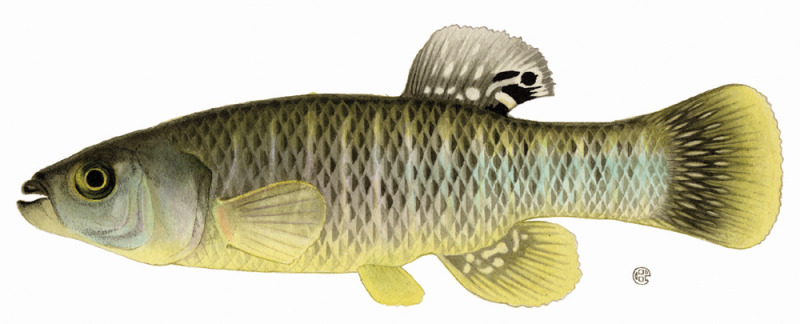Indiana Central Canal
 Thursday, July 12, 2012 at 9:55AM
Thursday, July 12, 2012 at 9:55AM In class the other night we talked about utilizing the unique assests of shrinking American cities, and our professor referenced Indianapolis (though not technically a shrinking city, it fulfills many aspects of one). The city utilized the remnants of a canal to create new parkspace and completely reinvent the surrounding neighborhoods.

This is a great example of employing something in a state of dereliction (apparently it had been little more than a ditch) as an inspiring public space.
Equally fascinating to me, however, was that the canal going through Indianapolis was just a tiny portion of what was to become the Indiana Central Canal.
The canal was conceived during the early part of the nineteenth century, when "Canal Mania" was in full swing and railroads were decades away from dominating American transportation. When complete, it would have allowed goods to travel from Lake Michigan to the Ohio and Wabash rivers, connecting five states into a single network of canals.
Unsurprisingly, the canal project was never completed as the state went into bankruptcy in 1839. The project was projected to cost about $200 million in 2010 dollars.
What remains most fascinating to me is that remants of this project continued functioning well into the twentieth century, and that traces of the intial surveying and completed sections exist all over the state. They're often hidden in plain sight, like these earthworks below, in an exurb of Indianapolis.
To read more about the Central Canal, check out this great article by the Canal Society of Indiana.



